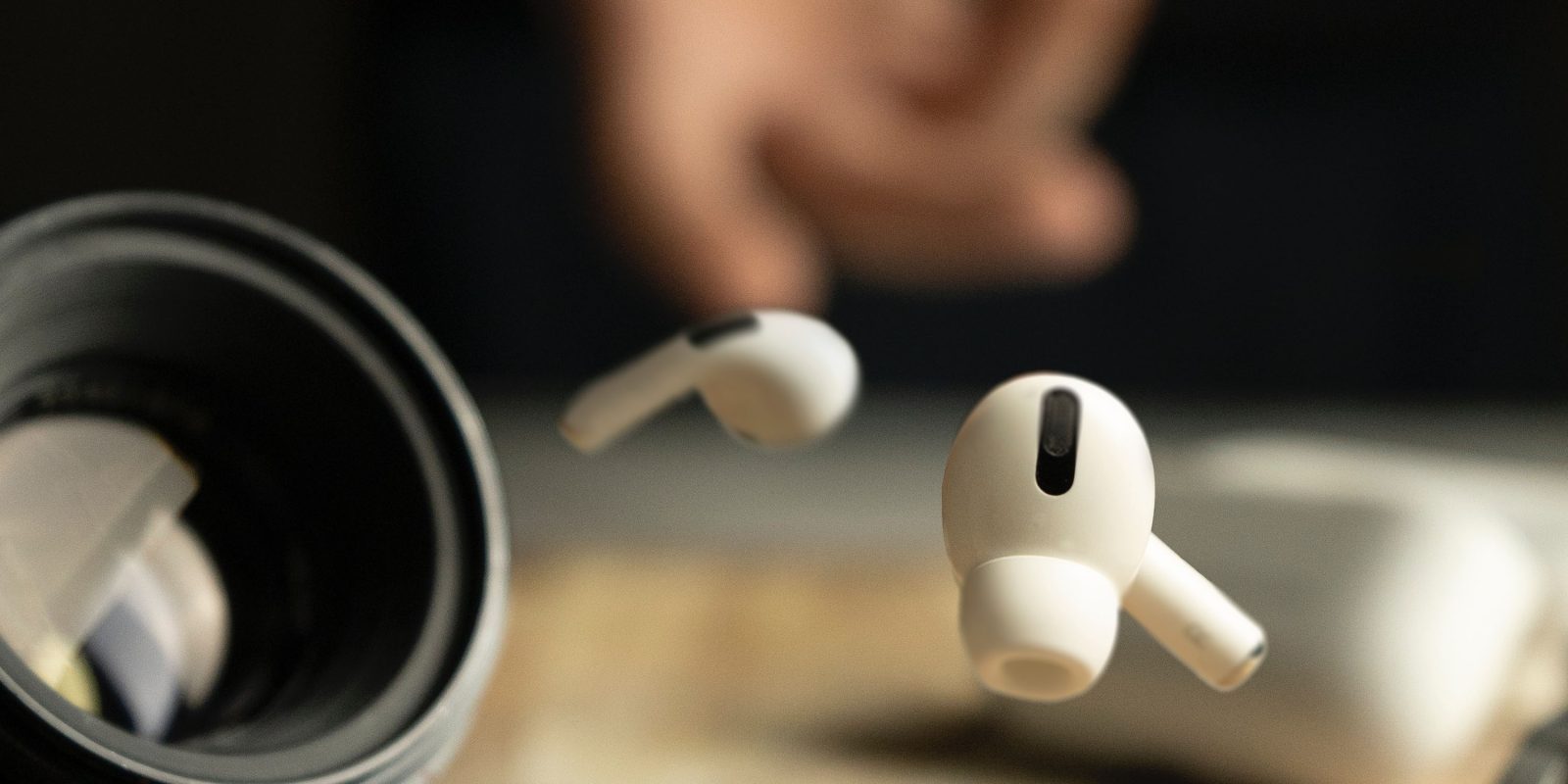
While most current Apple devices can verify your identity by fingerprint or face recognition, Apple is also considering adding biometric identification to future AirPods.
A patent application describes two potential ways that AirPods could confirm your identity before allowing access to sensitive data, like asking Siri to read your messages…
Apple’s patent application describes a potential security risk with wireless headphones: anyone can wear them while they are connected to one of your devices, then access private information, and give Siri commands.
Headphones may be utilized for listening to audio from another device and performing other various functions, such as providing voice commands to the device […]
Various outputs can also be provided to the user through the headphones. For example, upon receipt of a message at the mobile device, such as an instant message, an audible representation of the message may be provided to the user via the headphones.
However, conventional systems do not address whether the user wearing the headphones is authorized to interact with personal features of the device, such as receiving messages from the device. Accordingly, improved systems for user identification using headphones is desired.
One possibility is to use ultrasonic signals as a kind of sonar, to detect the shape of the user’s ear canal.
For example, various characteristics of the user’s ear provide an echo of the ultrasonic signal which is unique to the user. Variations in the surface of the user’s ear canal may cause the ultrasonic signal to reflect off the surface and generate an echo having a signature that is associated with the user.
Alternatively, the AirPods could use movement data from your iPhone and/or Apple Watch to build up an understanding of the way you walk – your gait – and use that to confirm your identity.
The gait information may include, for example, information regarding a user’s walking and/or running characteristics, such as characteristics related to steps, pace, stride, and the like. The gait information may be further compared to reference gait information.
The usual patent disclaimer applies: the company patents a great many things which it never brings to market.
Via Patently Apple. Photo: Sahil Malik/Unsplash.
FTC: We use income earning auto affiliate links. More.




Comments